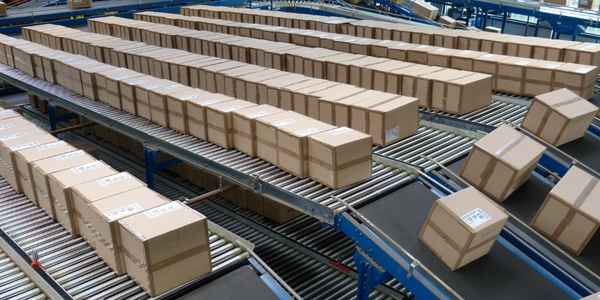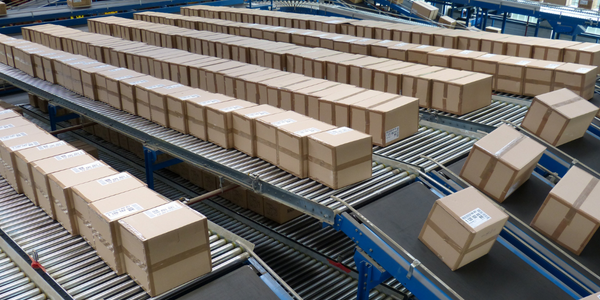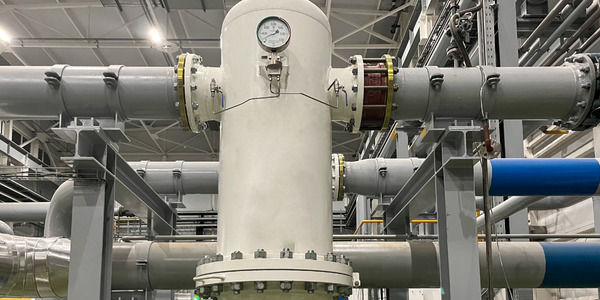Technology Category
- Analytics & Modeling - Real Time Analytics
Applicable Industries
- Packaging
- Semiconductors
Applicable Functions
- Facility Management
- Logistics & Transportation
Use Cases
- Real-Time Location System (RTLS)
- Supply Chain Visibility
About The Customer
The customer in this case study is not explicitly mentioned. However, it can be inferred that the customer is a company that relies on the supply of polysilicon for its operations, possibly in the semiconductor or solar panel industry. The customer is likely to be based in the U.S., as the impact on the U.S. supply chain was a key concern. The customer relies on Exiger for real-time analysis and alerts regarding potential disruptions to their supply chain.
The Challenge
On June 9th, 2021, a fire and subsequent explosion occurred at a silicone packaging workshop in China’s Xinjiang Uygur autonomous region. The facility was part of a Hoshine Silicon manufacturing plant, a significant producer of various lines of metal, powder, and organic silicone and polysilicon products. Hoshine Silicon has been a part of significant market consolidation among polysilicon manufacturers in China and was a critical supplier to many of the top semiconductor and solar panel companies globally. The explosion was widely reported, and there was serious concern that the disruption of polysilicon in the semiconductor sector, which was already subject to substantial supply shortages, could be significant.
The Solution
Exiger, a global regulatory and financial crime, risk and compliance company, assessed the explosion at the Hoshine Silicon facility and proactively alerted a customer that, after conducting an extensive review of the supply chain, the Hoshine disaster was downgraded to a low risk event for the U.S. supply chain in the short term. They did not identify any material connections to the customer's suppliers and the top U.S. Hoshine importers had robust supply chains with the capacity to replace lost Hoshine supply capacity. This real-time analysis allowed the customer to contextualize the crisis and continue operations as normal.
Operational Impact
Quantitative Benefit

Case Study missing?
Start adding your own!
Register with your work email and create a new case study profile for your business.
Related Case Studies.
Case Study
KINESYS Semiconductor Factory Automation Software
KINESYS Software provides both Integrated Device Manufacturer (IDM) and Original Equipment Manufacturer (OEM) customers world-class software products and solutions for advanced wafer and device traceability and process management. KINESYS offers state of the art database technology with a core focus on SEMI standards. KINESYS’ challenge was to make back-end processing failure-free and easy to use for clients while supporting licensing models more adaptable to changing industry needs.

Case Study
IoT Data Analytics Case Study - Packaging Films Manufacturer
The company manufactures packaging films on made to order or configure to order basis. Every order has a different set of requirements from the product characteristics perspective and hence requires machine’s settings to be adjusted accordingly. If the film quality does not meet the required standards, the degraded quality impacts customer delivery causes customer dissatisfaction and results in lower margins. The biggest challenge was to identify the real root cause and devise a remedy for that.

Case Study
Zenon the Ideal Basis for An Ergonomic HMI
KHS develops and produces machines and equipment for filling and packaging in the drinks industry. Because drinks manufacturing, filling and packaging consist of a number of highly complex processes, the user-friendly and intuitive operation of equipment is increasingly gaining in significance. In order to design these processes as simple as possible for the user, KHS decided to introduce a uniform, transparent and standardized solution to the company. The HMI interface should meet the requirement for people with different qualifications and enable them to work on a standard platform.

Case Study
Sparks Dynamics Assists Atlas Container Secure a $15,000 BGE Energy Rebate
The ReMASTER Compressed Air Monitoring system was installed in 2015. This system is capable of monitoring compressed air system parameters on a continuous basis and transferring that information to a cloud server which can be accessed by Atlas Container personnel, Industrial Diagnostics and Sparks Dynamics. This information was collected into a database which can be exported to an Excel spreadsheet or displayed graphically using Sparks Dynamics ViewMaster Software. The average annual compressed air electricity expense was estimated to be approximately $116,000. This is based on an incremental $/KWh electric rate of $.091 per KWh and an estimated compressed air energy consumption of 1,279,200 KWH. The implementation phase of Energy Conservation Measures (ECMs) for the Compressed Air System included: • Identification and repair of compressed air leaks • Understanding of compressed air usage per manufacturing machine and installation of shut off valves when the machines are no longer in production mode • Identification of misapplications of compressed air to include blow offs, venturis, and cooling scenarios • Understand system pressure requirements and potential installation of point of use pressure regulation.

Case Study
Mondi Implements Statistics-Based Health Monitoring and Predictive Maintenance
The extrusion and other machines at Mondi’s plant are large and complex, measuring up to 50 meters long and 15 meters high. Each machine is controlled by up to five programmable logic controllers (PLCs), which log temperature, pressure, velocity, and other performance parameters from the machine’s sensors. Each machine records 300–400 parameter values every minute, generating 7 gigabytes of data daily.Mondi faced several challenges in using this data for predictive maintenance. First, the plant personnel had limited experience with statistical analysis and machine learning. They needed to evaluate a variety of machine learning approaches to identify which produced the most accurate results for their data. They also needed to develop an application that presented the results clearly and immediately to machine operators. Lastly, they needed to package this application for continuous use in a production environment.

Case Study
Automated Pallet Labeling Solution for SPR Packaging
SPR Packaging, an American supplier of packaging solutions, was in search of an automated pallet labeling solution that could meet their immediate and future needs. They aimed to equip their lines with automatic printer applicators, but also required a solution that could interface with their accounting software. The challenge was to find a system that could read a 2D code on pallets at the stretch wrapper, track the pallet, and flag any pallets with unread barcodes for inspection. The pallets could be single or double stacked, and the system needed to be able to differentiate between the two. SPR Packaging sought a system integrator with extensive experience in advanced printing and tracking solutions to provide a complete traceability system.







